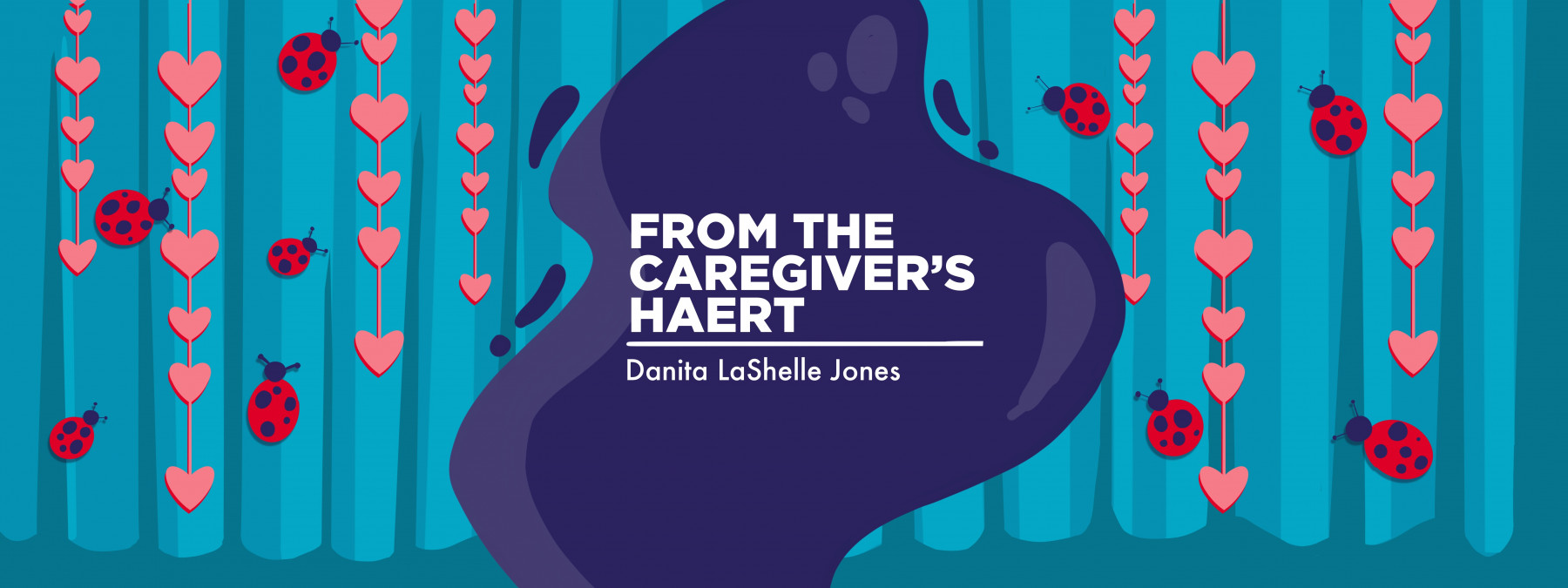How to guard against the crash after doing too much
Like mother, like daughter: Putting aside needed rest because we feel OK
Written by |

Although I’d prepared for the worst-case scenario, I stared at the ceiling, baffled that I was living what I’d anticipated would happen. Curtain for my play was in four hours, and I was less than 24 hours postpartum after giving birth to our twins.
In 2010, after a church in my hometown commissioned me to write and direct this play, I spent over a year writing, casting, and rehearsing the two-act comedy, boasting 19 actors from all over the country. And when my husband and I discovered that we were expecting two more children, I immediately did the math to ensure that I’d safely make it to the performance, eight hours away from the city we were living in.
Unfortunately, things didn’t go as planned. After waking up from a nap in my parents’ living room, I walked just three steps toward their kitchen before my water broke. At 31 weeks, I wouldn’t see the performance in person.
Determined not to let that stop me, my technical director and I crafted a plan that would allow me to see the performance so that I could talk to my stage manager in real time. Because streaming was still in its infancy, we decided he’d use his laptop to Skype me from the audience, and I would take charge of the show right from my hospital room.
“No meds for me right now,” I explained to a very confused nurse. “I have a play to direct.”
And I did. I talked to the cast before the show began, waved at the audience from the computer screen when my technical director held it up, and gave two pages of notes before their next performance. I was unstoppable.
About an hour later, however, after the adrenaline wore off, my body made it immediately clear that I’d been without pain medication for nearly six hours. Because my cesarean section for the twins had been especially arduous, I felt every hour I’d gone past the necessary dose. Just because I felt better didn’t mean I could run the show. I was so busy trying to be there for my cast that I didn’t consider finishing my recovery more important.
Age, wisdom, and children often point out the irrational decisions of our early adult life.
When our daughter, whom we lovingly call Ladybug, was diagnosed with hereditary angioedema in 2021, it took us almost a year to discover a strange pattern. She would have a flare, I would administer Berinert, and a few hours later, she’d be darting around the house or backyard. But like clockwork, her body would almost seem to crash the following day, and she’d experience worse symptoms or swells.
Finally, after witnessing this phenomenon for many months (and realizing that it only happened when she wasn’t in the hospital), my husband, PJ, presented a possible solution.
“The Berinert works,” he said. “Maybe she just needs to rest like they force her to in the hospital so medication can complete the job.”
Easier said than done. We’d painstakingly explain to our daughter that just because she may feel amazing at the moment, her body is still trying to recover from everything it’s been through in the past 24 hours. Yet true to teenage Ladybug logic, she ignored what we said and went full steam ahead on physical activities. The results always supported PJ’s hypothesis.
Ladybug is not alone. Like athletes who reinjure themselves for that game-winning shot, a person whose flu symptoms worsen because they left the house too soon, or a mom who thought she was well enough to direct a play after giving birth, people will often forgo needed rest during a moment of feeling better.
Does Ladybug still struggle with this? Absolutely! Admittedly, I do, too. However, we must teach her how to pace herself while she’s young so she doesn’t suffer from avoidable pain later.
Although hereditary angioedema continues to have moments of unpredictability, we continue to practice safe patient management so that Ladybug has less regret and can embrace the idea that true recovery starts with finishing her rest.
Note: Angioedema News is strictly a news and information website about the disease. It does not provide medical advice, diagnosis, or treatment. This content is not intended to be a substitute for professional medical advice, diagnosis, or treatment. Always seek the advice of your physician or other qualified health provider with any questions you may have regarding a medical condition. Never disregard professional medical advice or delay in seeking it because of something you have read on this website. The opinions expressed in this column are not those of Angioedema News or its parent company, Bionews, and are intended to spark discussion about issues pertaining to angioedema.







Leave a comment
Fill in the required fields to post. Your email address will not be published.